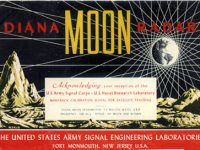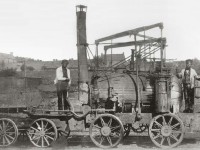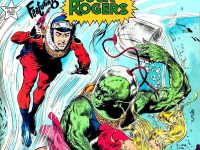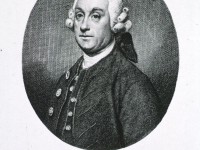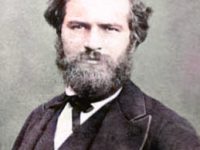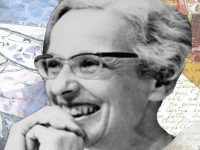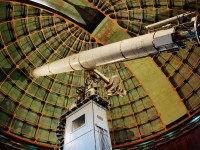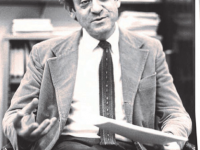Project Diana hits the Moon… in 1946
On January 10, 1946 the U.S. Army Project Diana team detected radar signals reflected off the moon‘s surface. This was the first experiment in radar astronomy and the first active attempt to probe another celestial body. Project Pioneer John H. DeWitt Project Diana was designed in order to bounce radar signals off the Moon and receive the reflected signals, which became the first known attempt to probe another celestial body. Pioneer of…
Read more











